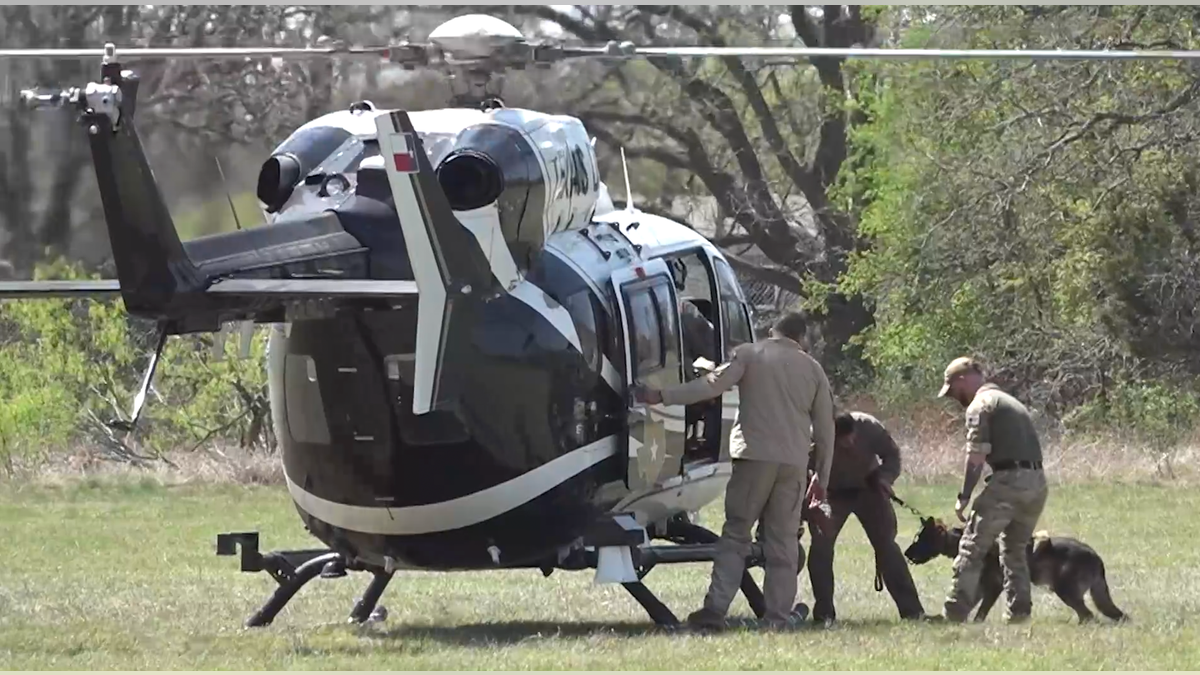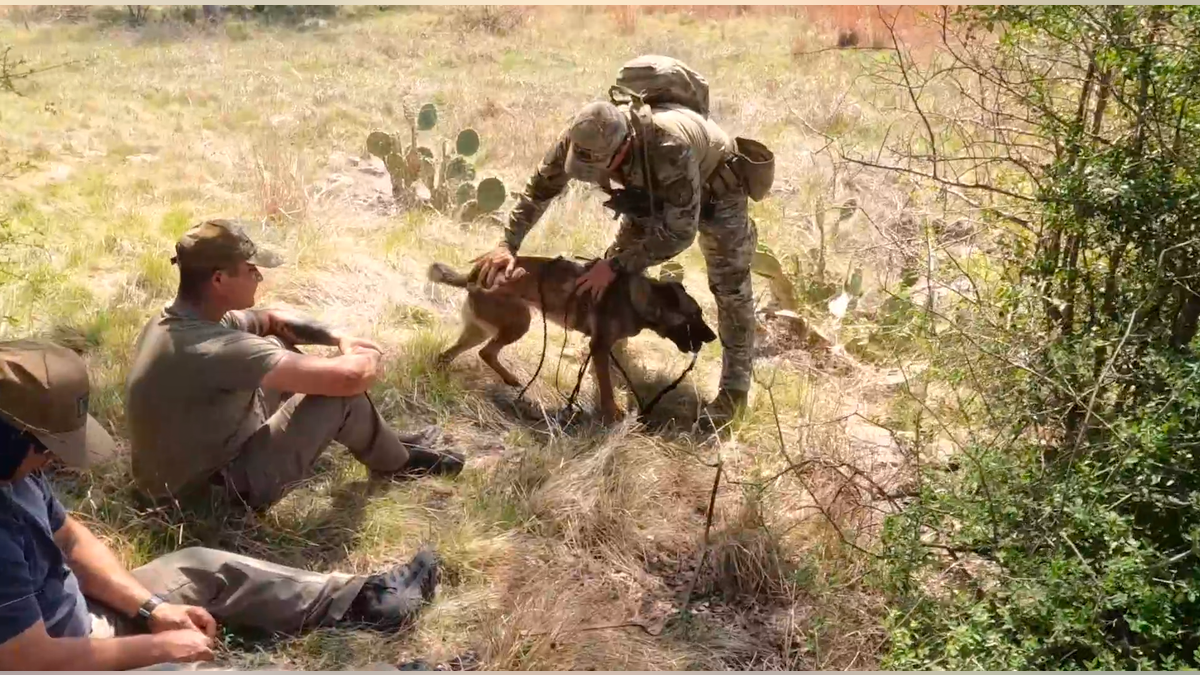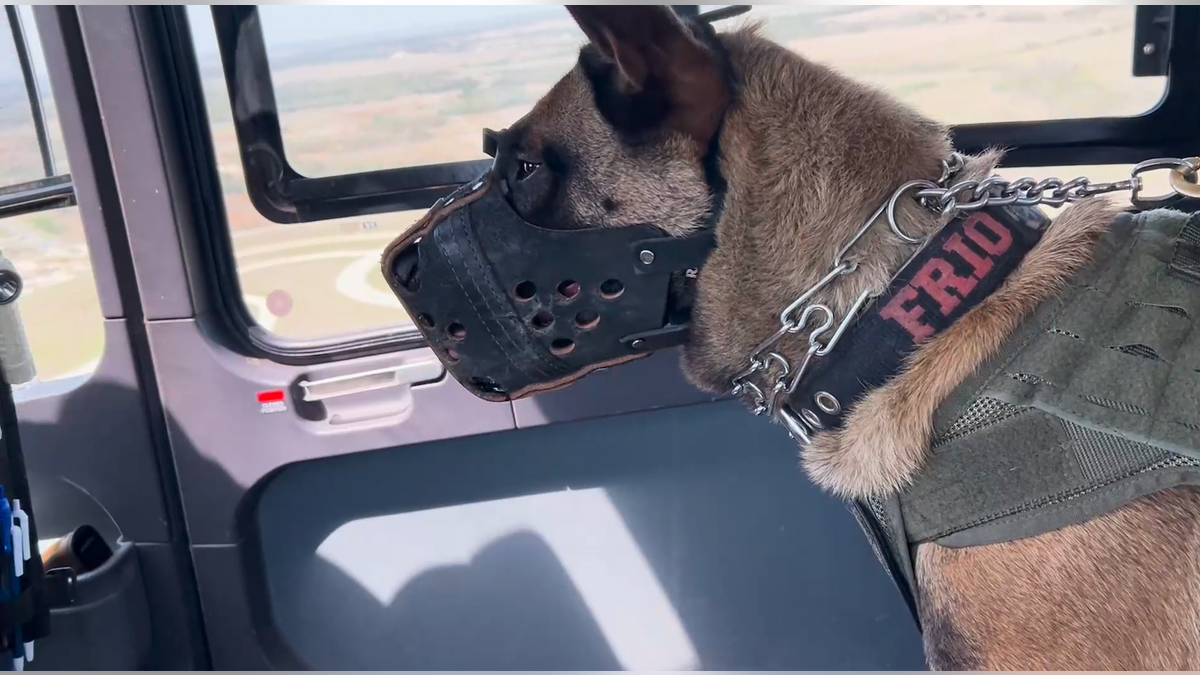A look inside the Texas DPS K-9 Training Program
FOX takes an inside look at the Texas Department of Public Safety’s elite K-9 program, where rigorous training transforms inexperienced dogs into highly skilled units specializing in drug detection, explosives, and tracking.
AUSTIN, Texas – The Texas Department of Public Safety (DPS) is expanding its K-9 training program, deploying highly trained dogs to assist with drug interdiction, explosive detection, and tracking missions across the state.
Lt. Boyd Lamb, a 19-year veteran of DPS and a member of the K-9 program for 12 years, took FOX on a tour of their training facility in Florence, Texas that transforms untrained dogs into specialized law enforcement assets.
K-9 VETERAN OF IRAQ AND AFGHANISTAN REUNITED WITH HANDLER
“We take a dog from a green dog that knows absolutely nothing and transform that dog into a working machine,” Lt. Lamb said. “Whether that needs to be drug detection, explosive detection, or a tracking dog, we start here with the basics and then send them out across Texas.”

Texas DPS dogs practice acclimating to “controlled chaos” while boarding helicopter. (Sarah Alegre)
The program prides itself on exposure to real-life scenarios, including controlled chaos situations such as helicopter deployments.
“Any kind of exposure we can introduce them to is critical,” Lt. Lamb said. “We want to make sure that once they get out there…whether it’s an explosive detection mission or a drug interdiction operation…they can perform without shutting down.”
DPS currently runs 74 K-9 teams statewide, including 51 drug detection teams, nine explosive detection teams, and approximately 13 tracking teams. Many of these groups are deployed as part of Operation Lone Star, a state initiative to stop drug smuggling and unauthorized border crossings. Tracking dogs, specifically, play a major role at the border, helping in the apprehension of people trying to escape law enforcement.
K-9 handler Landon Ravun is stationed in Del Rio and is well-prepared for any scenario. Body camera footage shows his training put to good use during a mission last summer when Ravun and his K-9, Bona, tracked down a fugitive wanted for murder.
“It’s a super important job that we do. Getting to go behind her and watch the capabilities and the amazing things she can do is incredible,” Ravun said.

Border dogs practice real-life experience of tracking down unauthorized personnel in rugged terrain. (Sarah Alegre)
CBP RELEASES MARCH BORDER CROSSINGS NUMBERS
The training program for handlers and their dogs is intensive, with each pair undergoing nine weeks of joint instruction after the dog completes a pre-training phase that lasts between six and 15 weeks.
Lt. Lamb emphasized the importance of the handler-dog relationship, noting that “these dogs become part of the handler’s family. When I graduated with my dog in 2014, she became part of my life. When she retired, my family got to spend time with her, but when she passed away in 2022, it was like losing a family member.”
TRUMP SALUTES ‘ FEARLESS’ MILITARY POLICE DOGS
Beyond border enforcement and drug detection, the DPS K-9 program has also played an important role in search-and-rescue missions. One of our tracking dogs helped locate a 38-year-old special needs man who wandered away in Los Naples Park. He had been missing for four to six hours, was severely dehydrated, and needed immediate help.
“Our K-9 team found him and got him back to his family,” Lt. Lamb recalled. “That moment alone made the entire program worth it.”

K-9 Frio takes in aerial views while adjusting to new heights. (Sarah Alegre)
With ongoing expansion efforts, DPS aims to further integrate K-9 units into operations across Texas, ensuring that law enforcement has highly trained dogs ready for any mission.


